INTRODUCING THE 1938 TRIUMPH SPEED TWIN
It’s hard to overstate the significance of the introduction of this bike. Until the moment of its launch, just about every British motorcycle manufacturer was producing mostly big air cooled pushrod singles, but as displacement and performance grew, so did engine vibration. They’d reached the single’s practical limits at about 500cc and 30 horsepower or so, respectively. Any increase in either number led to wicked engine vibration. Many things were tried, but no one seemed able to tame the big twins shakes enough to coax more power out of them. Along comes Edward Turner, the genius engine designer behind the Ariel Square Four, now working at Triumph. He came at the problem from a whole new direction. He created a twin that was built like a single. Both pistons rose and fell together on a 360-degree crankshaft, which itself rode on only two main bearings, just like the big singles, which saved on tooling costs. The new 500cc twins were fast and smooth, much smoother than any single. The new engine begat a new motorcycle, the 1938 Triumph Speed Twin 5T. And it was an instant hit.
1938 TRIUMPH SPEED TWIN LAYOUT
Other than the radical new engine design, the 1938 Triumph Speed Twin followed typical British motorcycle convention of the day. And most of it was built from parts already being used on other Triumph Motorcycles. The rigid frame, springer front end, wheels and brakes were all from the parts bin of Triumph’s big twins.
1938 TRIUMPH SPEED TWIN ENGINE DESIGN
The new 500 twin had cast a iron cylinder block and cast iron cylinder head with removable aluminum rocker boxes. Following the standard British pattern of the day, the cams were operated by a gear train on the right side of the engine (ie: the timing side), while a primary chain was driven off the left side of the crankshaft (ie: the primary side). The chain drives a multi-plate wet clutch, which turns the 4-speed constant mesh gearbox with right-foot shift. This was what is now called a ‘pre-unit’ or ‘non-unit construction’ arrangement with the engine, the primary chain case and the gearbox all separate components that were assembled in the frame with a system of brackets. All of this closely followed the British pattern of engine design at the time, and used as many off-the-shelf components as possible.
THIS WAS BUD EKINS’ BIKE!
Check out this UK-style registration tag (below). This particular 1938 Triumph Speed Twin was owned by Bud Ekins at one time! Who is Bud Ekins, you ask? He was the Hollywood stuntman who introduced Steve McQueen to both motorcycles, and desert racing, was McQueen’s riding- and racing-buddy for decades, and built numerous custom desert racers for McQueen over the years. In fact, Ekins was the guy who actually made that historic jump over the barbed wire fence in the movie “The Great Escape”. It was supposed to be McQueen, he was ready and willing to do it, but the studio couldn’t take the chance, so Ekins did it. He also built the pre-unit Triumph 650 to make the jump, giving it the appearance of a German military bike from World War II. This bike ran through Mecum’s Las Vegas auction in January 2017, bid to $27,500, but failed to meet the seller’s reserve.
1938 Triumph Speed Twin SPECIFICATIONS
|
Model Designation Engine Number prefix Frame Number prefix Production dates Engine Type Displacement Bore & Stroke Compression ratio Engine output Top Speed Electrical system Primary drive Clutch Gearbox Ratios, overall: 1st, bottom 2nd 3rd 4th, top Final drive Frame construction Suspension, front Suspension, rear Brake, front Brake, rear Wheel, front Wheel, rear Wheelbase Seat height Ground clearance Fuel Capacity Weight |
Triumph 5T Speed Twin 8-5T TF or TH Nov 1937 – Oct 1938 Air-cooled OHV vertical twin 498cc / 30.4 ci 63mm X 80mm / 2.48″ X 3.15″ 7.0:1 28 bhp @ 6,000 rpm 85-90 mph 6-volt, Lucas magdyno, 40 watt Chain, 5/16″ X 5/8″ X 78 links / 77 sidecar Multi-plate, wet 4-speed constant mesh, right-foot shift 12.7:1 solo / 14.7:1 sidecar 8.65:1 solo / 10.0:1 sidecar 6.0:1 solo / 1.95:1 sidecar 5.0:1 solo / 5.8:1 sidecar Chain, 1/8″ X 5/8″ x 92 links Steel tube, brazed lug Girder-type Rigid 7-inch SLS drum 7-inch SLS drum 3.25″ X 20.0″ Dunlop ribbed 3.50″ X 19.0″ Dunlop universal 54.0″ 29.5″, adjustable 6.0″ 3.25 Imp gal 355 lbs, dry |

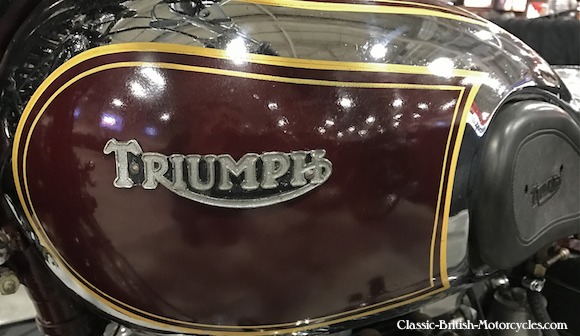
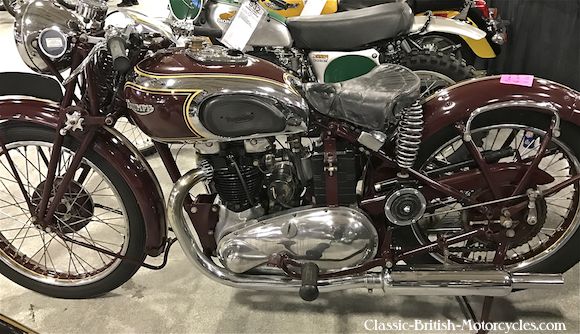
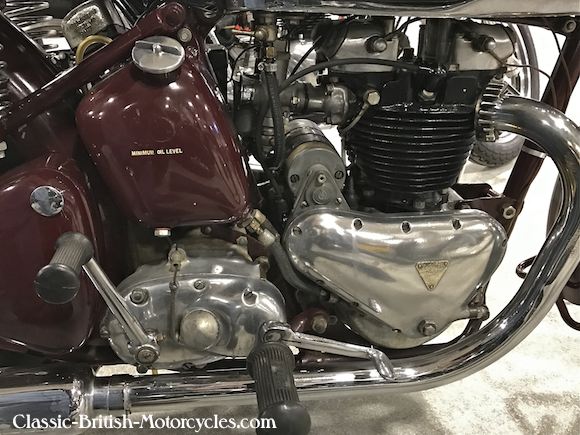
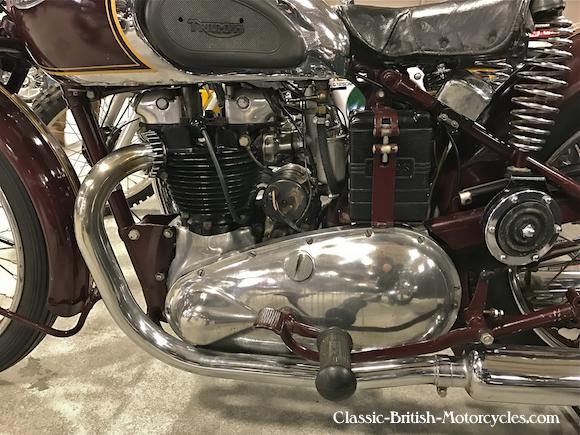
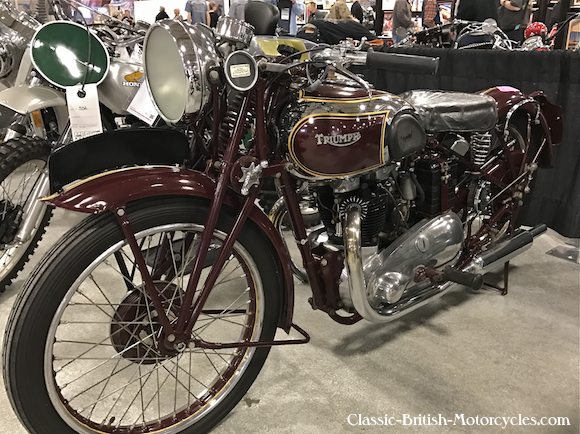
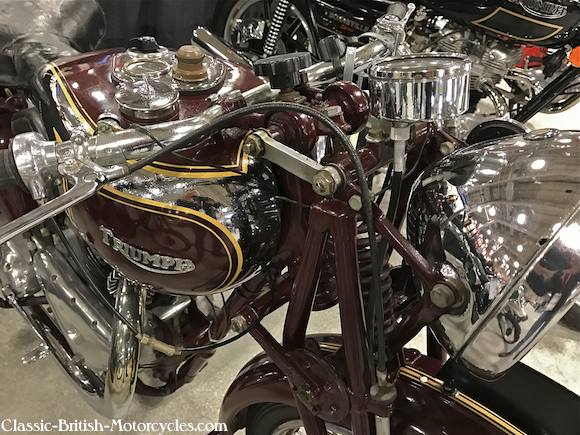
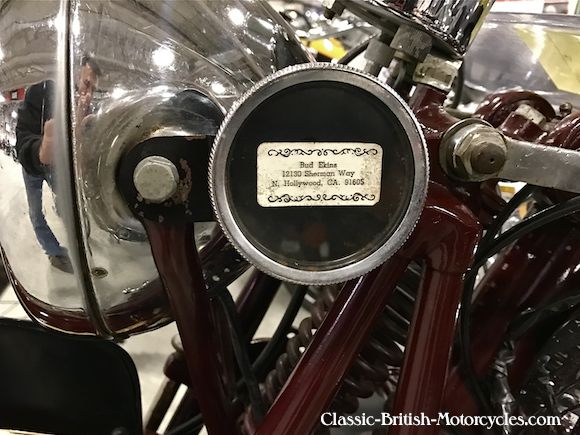

No Comment